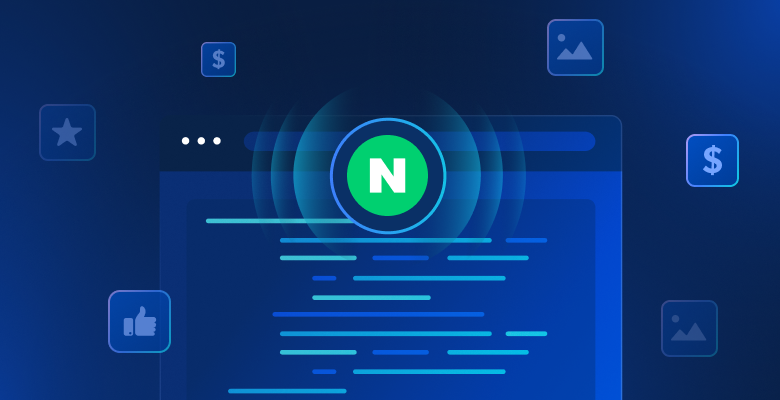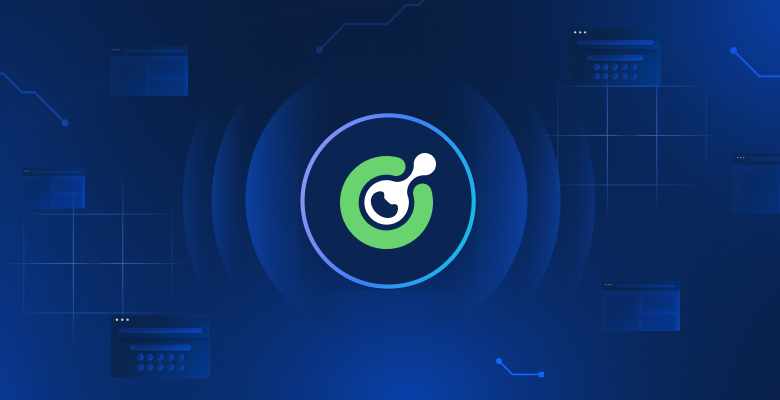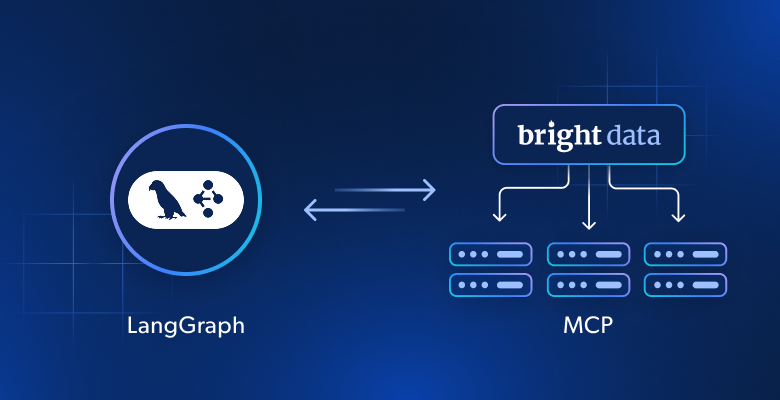In this article, we are going to discuss:
- What is web crawling?
- What is web scraping?
What is web crawling?
Web crawling, also known as indexing, is used to index the information on the page using bots, also known as crawlers. Crawling is essentially what search engines do. It’s all about viewing a page as a whole and indexing it. When a bot crawls a website, it goes through every page and every link, until the last line of the website, looking for ANY information.
Web crawlers are basically used by major search engines like Google, Bing, Yahoo, statistical agencies, and large online aggregators. The web crawling process usually captures generic information, whereas web scraping hones in on specific data set snippets.
What is web scraping?
Web scraping, also known as web data extraction, is similar to web crawling in that it identifies and locates the target data from web pages. The key difference is that with web scraping, we know the exact data set identifier, e.g., an HTML element structure for web pages that are being fixed, from which data needs to be extracted.
Web scraping is an automated way of extracting specific datasets using bots which are also known as ‘scrapers’. Once the desired information is collected it can be used for comparison, verification, and analysis based on a given business’s needs and goals.
Common web scraping use cases
Here are some of the most popular ways in which businesses leverage web scraping to attain their business goals:
Research: Data is often an integral part of any research project whether it is purely academic in nature or for marketing, financial, or other business applications. The ability to collect user data in real-time and identify behavioral patterns, for example, can be paramount when trying to stop a global pandemic or identify a specific target audience.
Retail / eCommerce: Companies, especially in the eCom space need to regularly perform market analyses in order to maintain a competitive edge. Relevant data sets that both front and backend retail businesses collect include pricing, reviews, inventory, special offers, and the like.
Brand Protection: Data collection is becoming an integral part of protecting against brand fraud, and brand dilution as well as identifying malicious actors who are illegally profiting from corporate intellectual property (names, logos, item reproductions). Data collection helps companies monitor, identify, and take action against such cybercriminals.
What are the advantages of each option?
Key web scraping benefits
Highly accurate – Web scrapers help you eliminate human errors from your operations so that you can be confident that the information you receive is 100% accurate.
Cost-efficient– Web scraping can be more cost-effective as more often than not you will need less staff to operate and in many cases, you will be able to gain access to a completely automated solution that requires zero infrastructure on your end.
Pinpointed – Many web scrapers allow you to filter for exactly the data points you are looking for meaning you can decide that on a specific job they collect images and not videos or pricing and not descriptions. This can help you save time, bandwidth, and money over the long term.
Key data crawling benefits
Deep dive – This method involves an in-depth indexation of every target page. This can be useful when trying to uncover and collect information in the deep underbelly of the World Wide Web.
Real-time– Web crawling is preferable for companies looking for a real-time snapshot of their target data sets as they are more easily adaptable to current events.
Quality assurance– Crawlers are better at content quality assessment meaning it is a tool that provides an advantage when performing QA tasks for example.
How does output differ?
With web crawling, the main output is typically lists of URLs. There can be other fields or information but typically links are the predominant by-product.
As far as web scraping is concerned, the output can be URLs but the scope is much broader and may include a variety of fields such as:
- Product/stock price
- Number of views/likes/shares (i.e. social engagement)
- Customer reviews
- Competitor product star ratings
- Images collected from industry advertising campaigns
- Search engine queries, and search engine results as they appear chronologically
Main challenges
Despite their difference web crawling and web scraping share some mutual challenges:
#1: Data blockades– Many websites have anti-scraping/crawling policies, which can make it challenging to collect the data points you need. A web scraping service can sometimes be extremely effective in this instance, especially if they give you access to top-tier proxy services that can help you collect data using real user IPs and circumvent these types of blocks.
#2: Labor-intensive– Performing data crawling/scraping jobs at scale can be very labor-intensive and time-consuming. Companies who may have started off needing data sets once in a while but now need a regular flow of data, can no longer rely on manual collections.
#3: Collection limitations– Performing data scraping/crawling can usually be easily accomplished for simple target sites but when you start encountering tougher target sites, some IP blocks can be insurmountable.
The bottom line
‘Web crawling’ is data indexing while ‘web scraping’ is data extraction. For those of you looking to perform web scraping, Bright Data offers a variety of cutting-edge solutions. Web Unlocker uses Machine Learning algorithms to consistently find the best/quickest path to collect open source target data points. Not sure what is the perfect solution for your needs? Contact us today!







